Copper zinc wire, also known as brass wire, is a versatile material with a wide range of applications across various industries. Its unique combination of properties makes it a popular choice for electrical conductivity, corrosion resistance, and aesthetic appeal. In this comprehensive guide, we will delve into the world of copper zinc wire, exploring its properties, applications, manufacturing process, and environmental benefits. Properties of Copper Zinc Wire: Copper zinc wire is a type of brass alloy that is composed of copper and zinc in varying proportions. The addition of zinc to copper enhances its strength, durability, and corrosion resistance. The color of copper zinc wire can range from a reddish-brown hue to a golden yellow, depending on the ratio of copper to zinc in the alloy. One of the key properties of copper zinc wire is its excellent electrical conductivity. Copper is renowned for its high conductivity, and the addition of zinc does not significantly affect this property. As a result, copper zinc wire is widely used in electrical applications where a combination of conductivity and strength is required. In addition to its electrical conductivity, copper zinc wire also exhibits good thermal conductivity. This property makes it suitable for use in heat exchangers, radiators, and other applications where efficient heat transfer is essential. The thermal conductivity of copper zinc wire allows for rapid and uniform heat distribution, making it an ideal choice for heating and cooling applications. Another important property of copper zinc wire is its corrosion resistance. The zinc content in the alloy forms a protective layer on the surface of the wire, known as patina, which helps prevent corrosion and oxidation. This makes copper zinc wire suitable for outdoor applications, where exposure to moisture and harsh weather conditions is common. Applications of Copper Zinc Wire: Copper zinc wire finds a wide range of applications across various industries, thanks to its unique combination of properties. Some of the key applications of copper zinc wire include: 1. Electrical Wiring: Copper zinc wire is commonly used in electrical wiring and cabling due to its high conductivity and strength. It is an ideal choice for applications that require reliable and efficient electrical transmission, such as power distribution systems, telecommunications, and electronics. 2. Architectural Applications: The aesthetic appeal and corrosion resistance of copper zinc wire make it a popular choice for architectural applications. It is often used in roofing, cladding, and decorative elements to enhance the visual appeal of buildings and structures. 3. Plumbing and HVAC Systems: Copper zinc wire is widely used in plumbing and HVAC systems for its excellent thermal conductivity and corrosion resistance. It is commonly used in piping, heat exchangers, and radiators to ensure efficient heat transfer and long-term durability. 4. Marine Applications: The corrosion resistance of copper zinc wire makes it well-suited for marine applications, such as boat fittings, propellers, and underwater cables. Its ability to withstand saltwater and harsh marine environments makes it a reliable choice for maritime industries. 5. Jewelry and Decorative Items: The attractive color and luster of copper zinc wire make it a popular choice for jewelry and decorative items. It is often used in the production of bracelets, necklaces, earrings, and home décor pieces due to its durability and timeless appeal. Manufacturing Process of Copper Zinc Wire: The manufacturing process of copper zinc wire involves several steps, starting with the preparation of raw materials and ending with the final product. Here is an overview of the typical manufacturing process of copper zinc wire: 1. Raw Material Preparation: The main raw materials used in the production of copper zinc wire are copper and zinc ingots. These ingots are melted in a furnace at high temperatures to form a molten alloy. 2. Alloy Formation: Once the copper and zinc are fully melted, they are mixed and alloyed to achieve the desired composition. The molten alloy is carefully stirred to ensure homogeneity and uniformity of the final product. 3. Casting: The molten alloy is poured into molds of the desired shape and size to form solidified bars or ingots. These bars are then cooled and solidified before further processing. 4. Rolling and Drawing: The solidified bars are passed through a series of rolling mills and drawing machines to reduce their diameter and length. This process helps in shaping the copper zinc wire and improving its mechanical properties. 5. Annealing: After the wire is shaped and drawn to the desired diameter, it undergoes an annealing process to relieve internal stresses and improve its ductility. Annealing helps in achieving the desired mechanical properties and ensures uniformity across the wire. 6. Surface Treatment: The final step in the manufacturing process involves surface treatment to enhance the appearance and performance of the copper zinc wire. This may include polishing, plating, or coating the wire to improve its corrosion resistance and aesthetic appeal. Benefits of Copper Zinc Wire: Copper zinc wire offers a range of benefits, making it a preferred choice for many industries and applications. Some of the key benefits of copper zinc wire include: 1. High Electrical Conductivity: Copper zinc wire exhibits excellent electrical conductivity, making it an ideal choice for electrical applications that require efficient transmission of electricity.
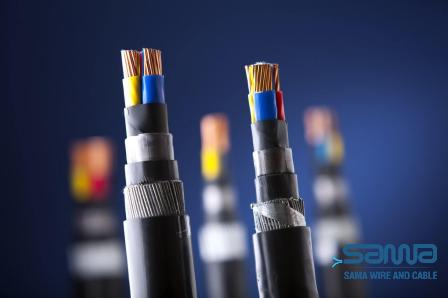
.
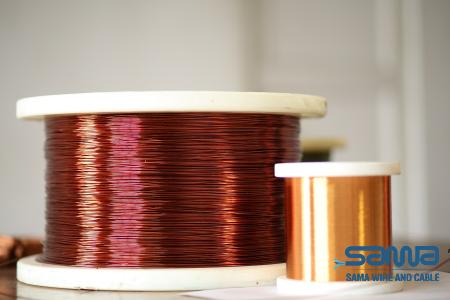 2. Good Thermal Conductivity: The thermal conductivity of copper zinc wire allows for efficient heat transfer, making it suitable for heating, cooling, and heat exchanger applications. 3. Corrosion Resistance: The natural patina formed on the surface of copper zinc wire provides protection against corrosion and oxidation, ensuring long-term durability and reliability. 4. Aesthetic Appeal: The warm color and luster of copper zinc wire make it a popular choice for architectural, jewelry, and decorative applications. Its timeless appeal adds a touch of elegance and sophistication to any design. 5. Environmental Benefits: Copper zinc wire is a sustainable and eco-friendly material that is fully recyclable. By choosing copper zinc wire, manufacturers can reduce their environmental footprint and support circular economy practices. Conclusion: In conclusion, copper zinc wire is a versatile material with a wide range of applications and benefits. Its unique combination of properties, including high electrical conductivity, good thermal conductivity, corrosion resistance, and aesthetic appeal, make it a popular choice across various industries. The manufacturing process of copper zinc wire involves several steps, from raw material preparation to surface treatment, to produce high-quality wire that meets the specific requirements of each application. By choosing copper zinc wire, manufacturers can benefit from its superior performance, durability, and sustainability, making it a valuable investment for the future. **Environmental Benefits:** Copper zinc wire has significant environmental benefits that make it a sustainable choice for manufacturers and industries. One of the key advantages of copper zinc wire is its recyclability. Copper is one of the most recycled metals in the world, with a high recycling rate that helps conserve natural resources and reduce energy consumption. By using copper zinc wire in products and applications, manufacturers can support a circular economy model and contribute to the conservation of resources.
2. Good Thermal Conductivity: The thermal conductivity of copper zinc wire allows for efficient heat transfer, making it suitable for heating, cooling, and heat exchanger applications. 3. Corrosion Resistance: The natural patina formed on the surface of copper zinc wire provides protection against corrosion and oxidation, ensuring long-term durability and reliability. 4. Aesthetic Appeal: The warm color and luster of copper zinc wire make it a popular choice for architectural, jewelry, and decorative applications. Its timeless appeal adds a touch of elegance and sophistication to any design. 5. Environmental Benefits: Copper zinc wire is a sustainable and eco-friendly material that is fully recyclable. By choosing copper zinc wire, manufacturers can reduce their environmental footprint and support circular economy practices. Conclusion: In conclusion, copper zinc wire is a versatile material with a wide range of applications and benefits. Its unique combination of properties, including high electrical conductivity, good thermal conductivity, corrosion resistance, and aesthetic appeal, make it a popular choice across various industries. The manufacturing process of copper zinc wire involves several steps, from raw material preparation to surface treatment, to produce high-quality wire that meets the specific requirements of each application. By choosing copper zinc wire, manufacturers can benefit from its superior performance, durability, and sustainability, making it a valuable investment for the future. **Environmental Benefits:** Copper zinc wire has significant environmental benefits that make it a sustainable choice for manufacturers and industries. One of the key advantages of copper zinc wire is its recyclability. Copper is one of the most recycled metals in the world, with a high recycling rate that helps conserve natural resources and reduce energy consumption. By using copper zinc wire in products and applications, manufacturers can support a circular economy model and contribute to the conservation of resources.
..
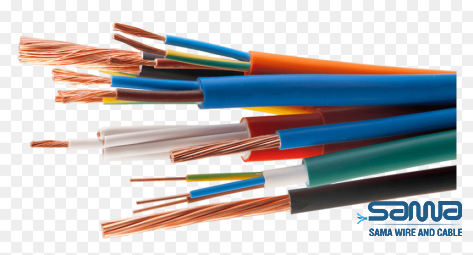 Additionally, the production of copper zinc wire has a relatively low environmental impact compared to other materials. The raw materials required for copper zinc wire, namely copper and zinc, are abundant in nature and have well-established mining and extraction processes. Copper mining is typically less destructive to the environment compared to other mining activities, and modern mining practices aim to minimize environmental impact and promote sustainable resource management. Furthermore, the durability and longevity of copper zinc wire contribute to its environmental benefits. Copper zinc wire is known for its corrosion resistance and long-term performance, which reduces the need for frequent replacements and repairs. This not only saves resources and energy but also reduces waste and environmental pollution associated with the disposal of worn-out materials. Overall, the environmental benefits of copper zinc wire make it a responsible choice for industries looking to reduce their environmental footprint and adopt sustainable practices. By incorporating copper zinc wire into their products and processes, manufacturers can contribute to environmental conservation efforts and promote a greener and more sustainable future. **Future Trends and Innovations:** As technology advances and industries evolve, the demand for innovative materials like copper zinc wire is expected to grow. Future trends in the use of copper zinc wire are likely to focus on enhancing its properties and expanding its applications in emerging industries. Some of the key trends and innovations to watch for in the world of copper zinc wire include: 1. Advanced Alloy Formulations: Research and development efforts are underway to create new copper zinc alloy formulations with enhanced properties, such as increased strength, higher conductivity, and improved corrosion resistance.
Additionally, the production of copper zinc wire has a relatively low environmental impact compared to other materials. The raw materials required for copper zinc wire, namely copper and zinc, are abundant in nature and have well-established mining and extraction processes. Copper mining is typically less destructive to the environment compared to other mining activities, and modern mining practices aim to minimize environmental impact and promote sustainable resource management. Furthermore, the durability and longevity of copper zinc wire contribute to its environmental benefits. Copper zinc wire is known for its corrosion resistance and long-term performance, which reduces the need for frequent replacements and repairs. This not only saves resources and energy but also reduces waste and environmental pollution associated with the disposal of worn-out materials. Overall, the environmental benefits of copper zinc wire make it a responsible choice for industries looking to reduce their environmental footprint and adopt sustainable practices. By incorporating copper zinc wire into their products and processes, manufacturers can contribute to environmental conservation efforts and promote a greener and more sustainable future. **Future Trends and Innovations:** As technology advances and industries evolve, the demand for innovative materials like copper zinc wire is expected to grow. Future trends in the use of copper zinc wire are likely to focus on enhancing its properties and expanding its applications in emerging industries. Some of the key trends and innovations to watch for in the world of copper zinc wire include: 1. Advanced Alloy Formulations: Research and development efforts are underway to create new copper zinc alloy formulations with enhanced properties, such as increased strength, higher conductivity, and improved corrosion resistance.
…
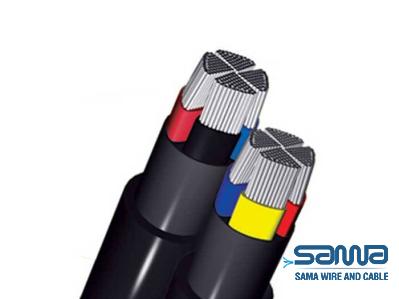 These advanced alloys aim to meet the evolving needs of industries and provide superior performance in demanding applications. 2. Additive Manufacturing: The rise of additive manufacturing, commonly known as 3D printing, presents exciting opportunities for the use of copper zinc wire in creating complex geometries and customized products. Additive manufacturing techniques can be used to produce intricate copper zinc wire components with precision and efficiency, opening up new possibilities for design and production. 3. Sustainable Practices: With a growing emphasis on sustainability and eco-conscious manufacturing, the adoption of copper zinc wire in eco-friendly applications is expected to increase. Manufacturers are exploring ways to incorporate copper zinc wire into sustainable products and processes that minimize environmental impact and promote resource conservation. 4. Industry Collaboration: Collaboration between industries, researchers, and government agencies is likely to drive innovation and growth in the use of copper zinc wire. By sharing knowledge, resources, and expertise, stakeholders can work together to develop new technologies, applications, and solutions that leverage the unique properties of copper zinc wire. 5. Circular Economy Initiatives: The concept of a circular economy, which aims to reduce waste and promote resource efficiency through recycling and reuse, is gaining momentum in the manufacturing sector. Copper zinc wire plays a key role in circular economy initiatives by offering a recyclable and sustainable material that can be used, recovered, and recycled efficiently. In conclusion, the future of copper zinc wire is bright, with exciting opportunities for innovation, collaboration, and sustainability. As industries continue to seek high-performance materials that meet their specific requirements, copper zinc wire is poised to play a significant role in shaping the products and technologies of tomorrow. By understanding the properties, applications, benefits, and trends of copper zinc wire, manufacturers can harness the full potential of this versatile material and drive progress towards a more sustainable and prosperous future.
These advanced alloys aim to meet the evolving needs of industries and provide superior performance in demanding applications. 2. Additive Manufacturing: The rise of additive manufacturing, commonly known as 3D printing, presents exciting opportunities for the use of copper zinc wire in creating complex geometries and customized products. Additive manufacturing techniques can be used to produce intricate copper zinc wire components with precision and efficiency, opening up new possibilities for design and production. 3. Sustainable Practices: With a growing emphasis on sustainability and eco-conscious manufacturing, the adoption of copper zinc wire in eco-friendly applications is expected to increase. Manufacturers are exploring ways to incorporate copper zinc wire into sustainable products and processes that minimize environmental impact and promote resource conservation. 4. Industry Collaboration: Collaboration between industries, researchers, and government agencies is likely to drive innovation and growth in the use of copper zinc wire. By sharing knowledge, resources, and expertise, stakeholders can work together to develop new technologies, applications, and solutions that leverage the unique properties of copper zinc wire. 5. Circular Economy Initiatives: The concept of a circular economy, which aims to reduce waste and promote resource efficiency through recycling and reuse, is gaining momentum in the manufacturing sector. Copper zinc wire plays a key role in circular economy initiatives by offering a recyclable and sustainable material that can be used, recovered, and recycled efficiently. In conclusion, the future of copper zinc wire is bright, with exciting opportunities for innovation, collaboration, and sustainability. As industries continue to seek high-performance materials that meet their specific requirements, copper zinc wire is poised to play a significant role in shaping the products and technologies of tomorrow. By understanding the properties, applications, benefits, and trends of copper zinc wire, manufacturers can harness the full potential of this versatile material and drive progress towards a more sustainable and prosperous future.
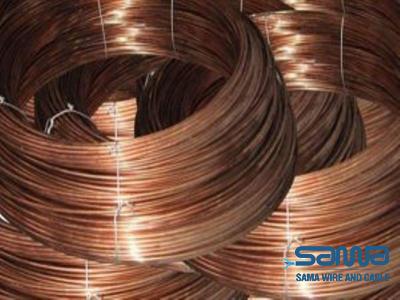
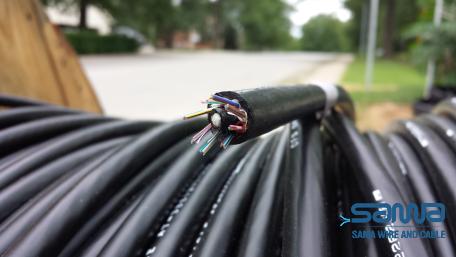
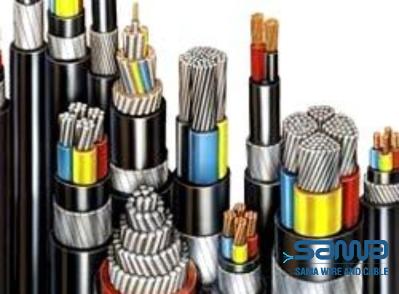
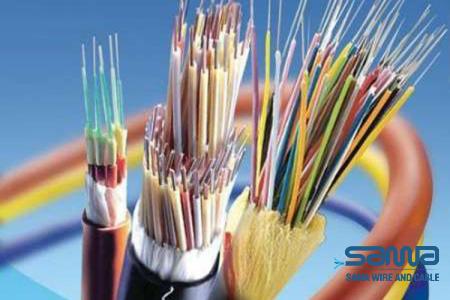
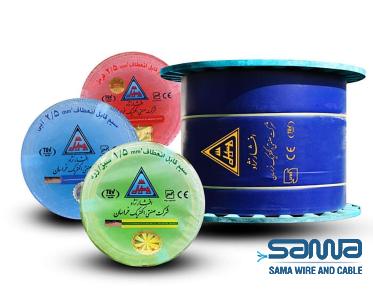
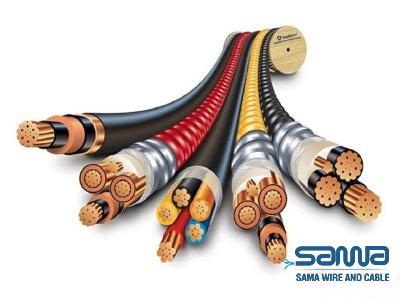
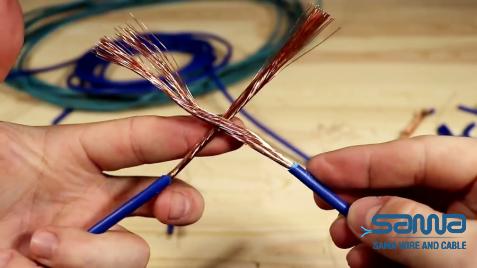
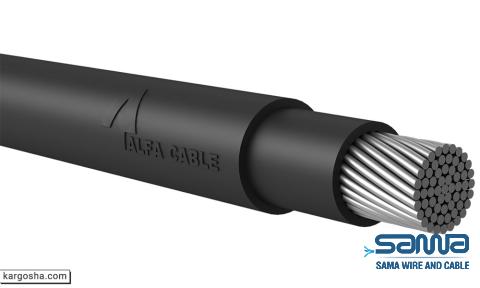

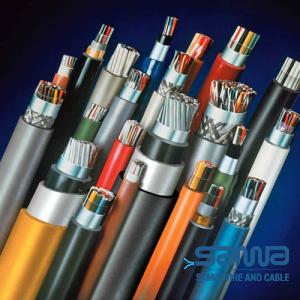
Your comment submitted.